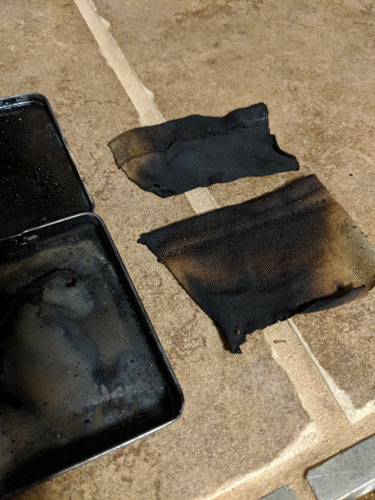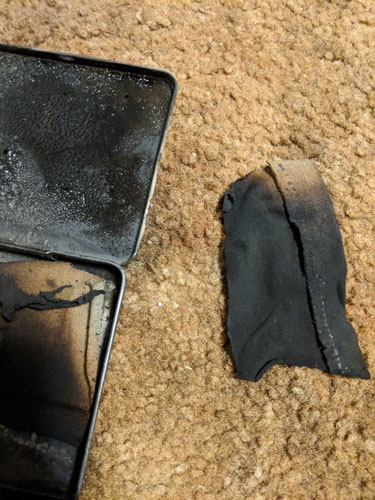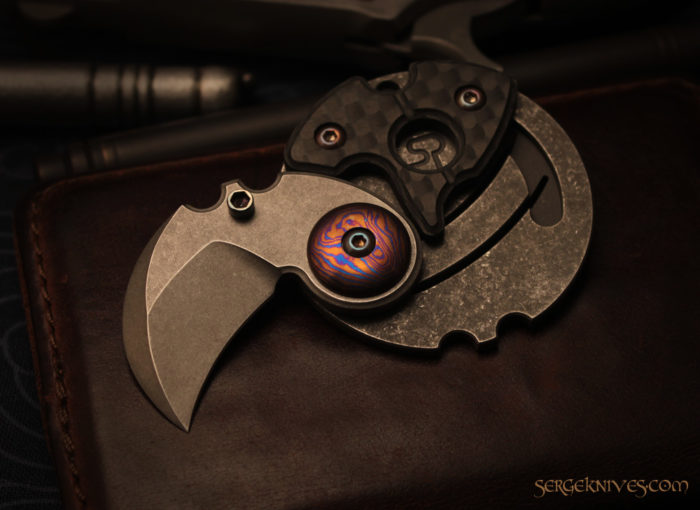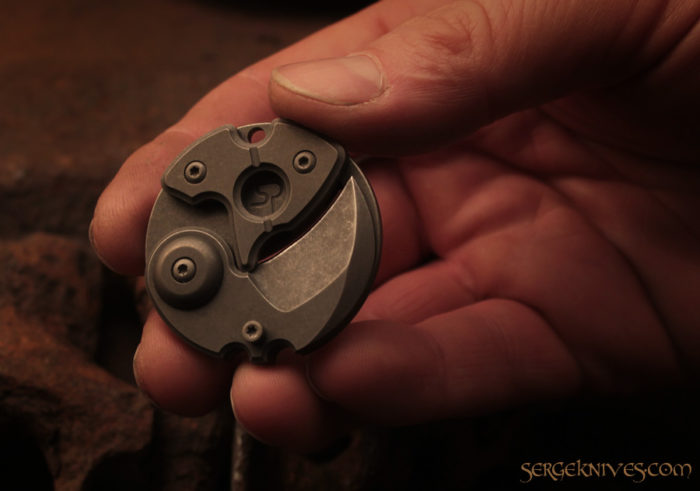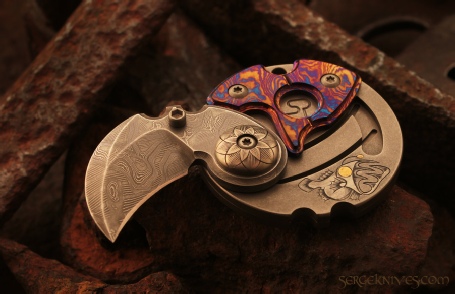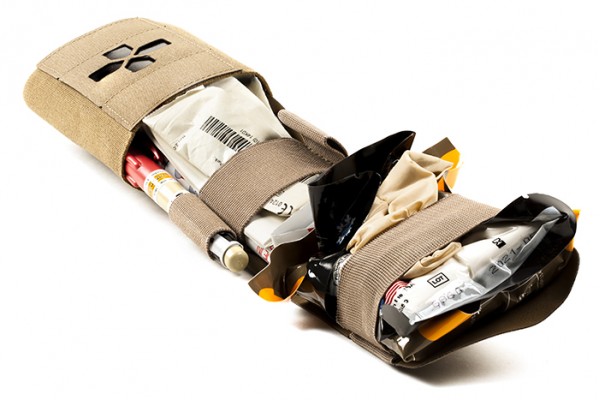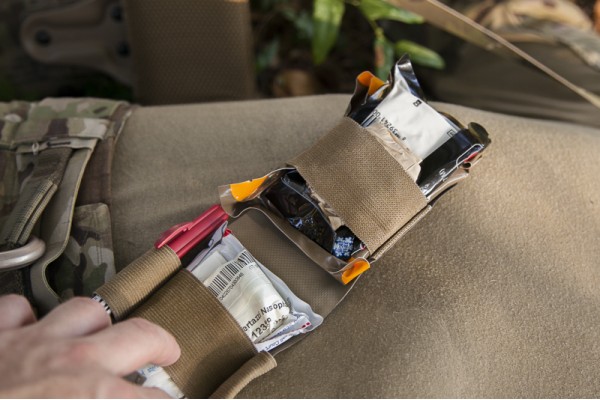No matter how much gear you have in your pack or bug-out bag, if you don’t know how to use them or have some basic survival skills, you’re not going to last very long. These are the top 5 skills you must have if you’re going to survive TEOTWAWKI or a SHTF social breakdown situation of any kind.
1. Find and Purify Water
There are a number of ways to do this. We’ve written about “collecting water in the desert” as well as “building a better rainwater harvest system, ” so click around on this site for ideas. You must have some sort of purifier like a Lifestraw, or know how to collect water through condensation. Even in the desert there is some amount of water in the air. I’m lucky enough to live in a place with an abundance of water, so to be honest I’ve never actually tried any of the water-collecting methods I talked about in that first article, but I’m inspired to try them now. Look for an upcoming column about how some of these methods actually work.
2. Start a Fire
Another topic we’ve written about before…Click around for articles like “testing petroleum soaked cotton balls for firestarters” and “firestarter options and backups.” I personally have a small biofuel stove at home, which efficiently burns sticks, twigs, pinecones and stuff. I have a 2-quart plastic container in my utility room full of stuff that I picked up off the ground in mid-summer . . . twigs, moss, fir cones, pine needles and other things that are bone dry and will readily burn. I have a packet of char cloth (both purchased and home-made), I have a fire piston (which utilizes only char cloth to make a spark), a magnesium scraper, matches, lighters, and a magnifying glass. Someday I’ll learn how to make a fire with sticks. Seriously, making a fire and having dry tinder is crucial. Have many options for fire starting available to you.
3. Build a Shelter
Depending on the geographical area where you are, the materials and techniques you use to create a shelter will be wildly different. In my part of the country, I would use the teepee approach by cutting down saplings and lashing them together. Then I’d take any tarps I had and use that as a covering and enhance that with branches. It would be tough to make it sturdy when one of our windstorms kicked in, which is why it’s so important to have some tools and rope available. I found this video that I thought had a good example that anyone could do provided they had a tarp:
4. Find Food
I’ve invested in a few books about identifying and using wold foods and you should too. I’m familiar with what grows around me and I keep an eye out for what foods are in my area. I know where the nearest stand of cattails is from my house and I no longer pull the cleavers out of my yard now that I know they are edible. Take a course on “how to eat acorns” like I did, and get either books specific to the wild food that is available in your area or learn from a skilled forager.
5. Basic First Aid
Everything I mentioned before will keep you alive, but it won’t help you if you get an infection (because there’s no soap or hand sanitizer) or you gash your leg and bleed out. We’ve reviewed the book “Bushcraft First Aid” and that’s a good start. Have some basic supplies in your kit and know what to do in a variety of situations. Just taking a basic first aid course through the local Red Cross would be a good start.



